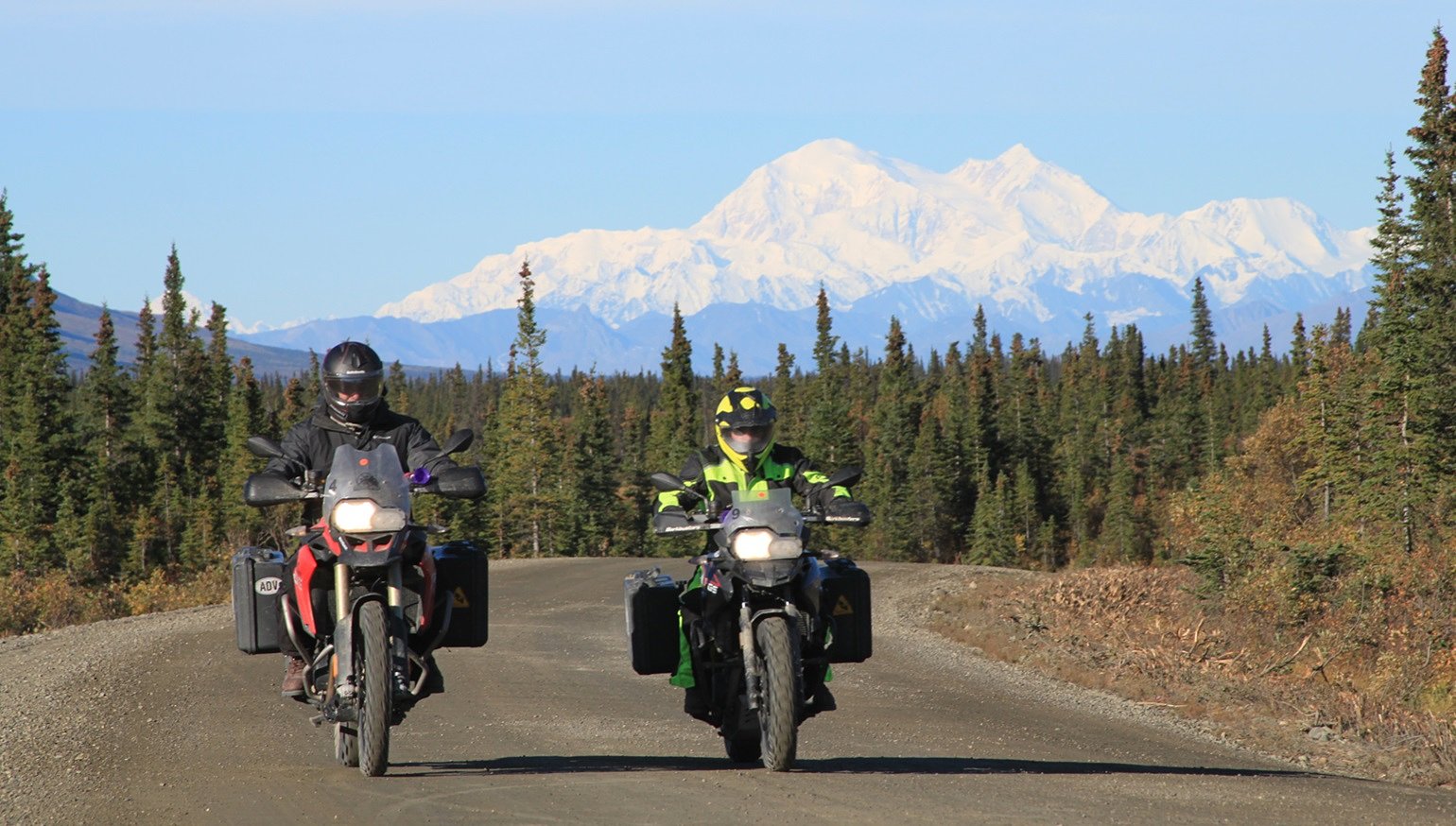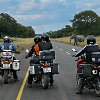To many riders, motorcycle touring is the ultimate freedom. You can go where you want, take as long as you want, and make it up as you go along.
But for some riders, factors such as limited vacation time mean they have to make the most of every day, not waste big chunks of them looking for a place to sleep, or getting lost, or making roadside repairs. And that's not including the time it takes to ride to the place they want to see, which might be on the other side of an ocean.
That's where organized tours shine. There are plenty of tour operators, ranging from big companies to individual outfitters who allow you to fly in, provide you with a motorcycle, put your luggage in a chase truck, and lead you on a guided tour of the best roads and destinations, with meals and hotels planned along the way. All you have to do is ride and enjoy.
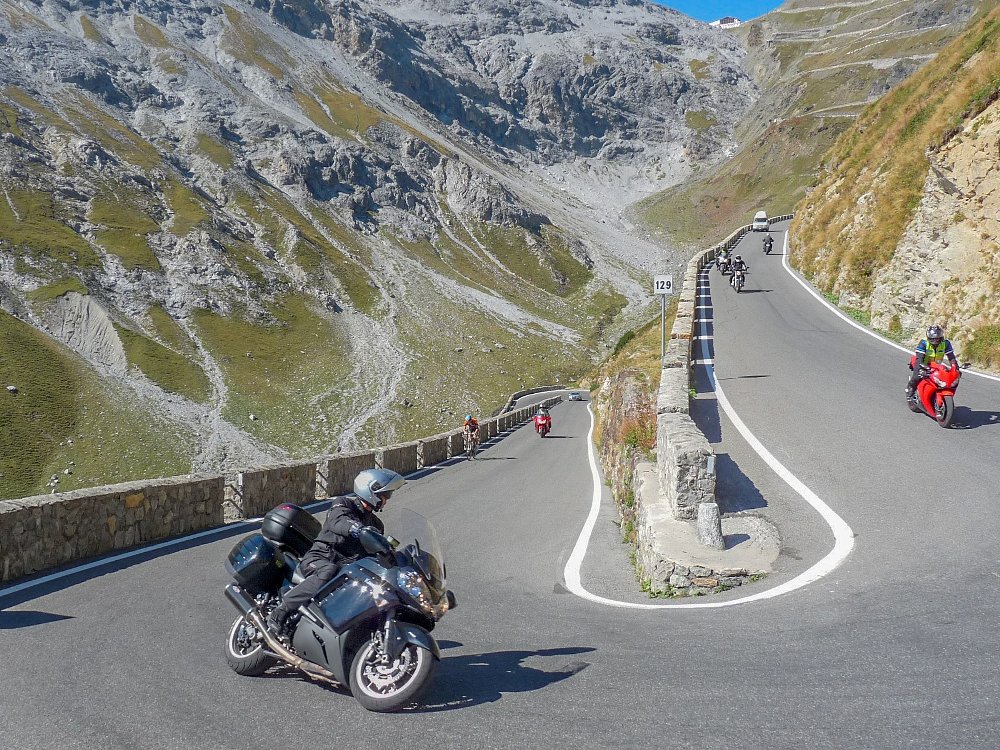
Naturally, there's a price to pay for all that convenience. You might spend around $5,000 for a 10-day trip in the U.S. Southwest or more than $30,000 for a month of riding and luxury accommodations in Africa (and considerably more if you're taking a passenger with you). Naturally, if you're spending that kind of money you want to choose the right tour company, because if something goes pear-shaped halfway around the world it doesn't matter how pretty the scenery is, you want to know you're in good hands.
So if you're thinking about paying up for the convenience of a guided tour to a dream destination, here are some questions to ask and features to consider before you book.

Choosing a motorcycle for your tour
Whether your dream ride is connecting luxury hotels in the European Alps or riding to the ends of the earth in challenging conditions in Alaska or Argentina, you probably don't need any help choosing a destination. After choosing where you want to go, one of the first decisions you make when booking a tour, and one of the fun ones, is choosing which motorcycle to ride. Tour companies often put some effort into helping customers choose the right bike. Some riders think "touring" and gravitate toward the larger, more comfortable options, but depending on the ride, a lighter option might be more fun, especially for one-up riders.
At Ayres Adventures, which runs tours around the world, the BMW F 750 GS is the base model and there's an upgrade fee for larger bikes, says President and CEO John Jesson.
"The 750s are great machines for any of our trips," says Jesson. "They have more than enough power to keep up a riding pace. If they have downside it's lack of wind protection, the seat isn't the most comfortable, and the motor is a bit buzzy. Whereas with the BMW R 1250 GS a lot of people are put off by the weight, but it has a much lower center of gravity, it offers more wind protection, and it's smoother."
Still, bottom line, Jesson adds, "You don’t need 150 horsepower to tour around a country. You can do it with 50."
At MotoQuest, which operates tours in North America and elsewhere, a senior staff person has a discussion with each client ahead of time to help them choose, based on what they ride now and their past riding experience, says CEO and co-owner Brenden Anders. Experience means not just years of riding, but also what kind of riding. A client taking a first trip to Prudhoe Bay, Alaska, may want to ride an R 1250 GS, but if they haven't ridden a similar bike in equally gnarly conditions, that could be a mistake that ruins the customer's trip on a remote, muddy road. "We do kind of push people toward more reasonable motorcycles," Anders says.
And, if you have the time and ability to get there, some tours let you ride your own motorcycle and will deduct the cost of the motorcycle rental.
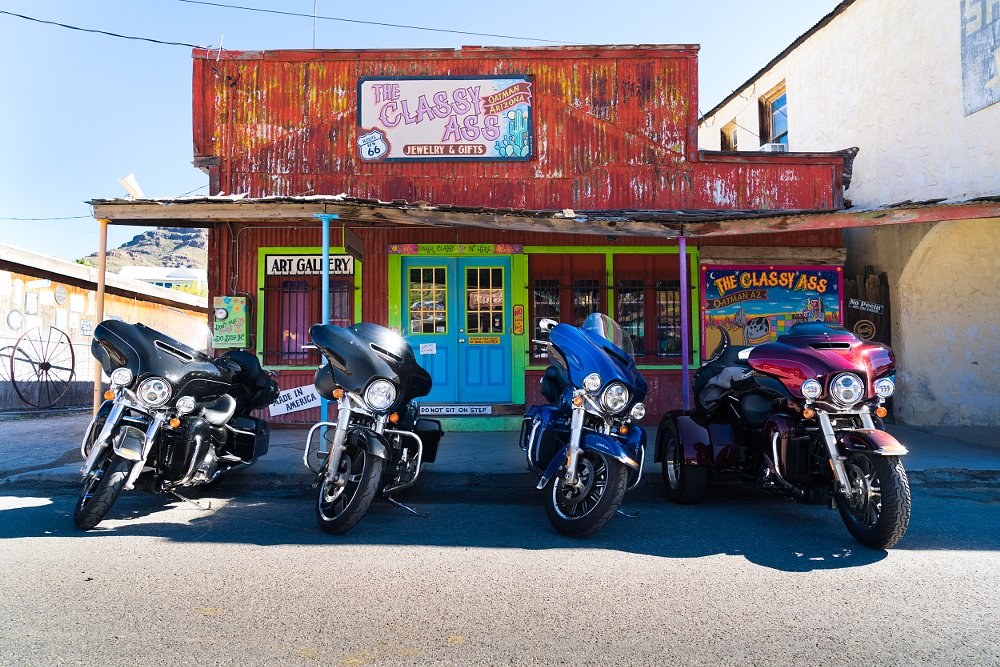
Big company or local operator?
There are big companies that offer tours around the world and then there are many small outfitters leading tours in their local areas. Some of these may be as simple as an individual leading tours in their local area as a side hustle. With a larger company, you know you'll be able to get someone on the phone to answer questions and you can probably find a track record to help you decide. With a small operation, you may pay less money but you may also have less support, and if a lone operator is off leading another tour or working his day job, don't expect an immediate response to your questions. Know who you're doing business with and what you're comfortable with.
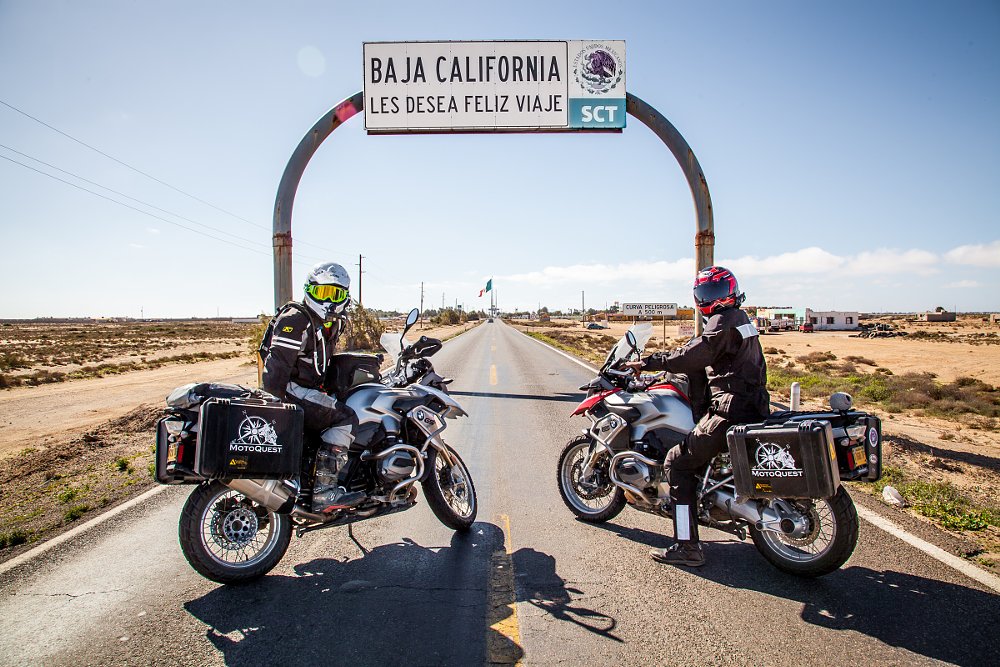
Mileage, meals, accommodations
Not everyone is an Iron Butt Rally finisher who can cover hundreds of miles before breakfast. Tour companies usually list the day-by-day details of their tour itineraries on their websites so you can get an idea of how many miles you'll be riding each day. Riders who are used to covering bigger distances may look at a 200-mile day and think it's not much riding, but it depends a lot on the setting.
"Some days are 400 miles," Jesson says of the Ayres tours, "but they're easy riding. Some other days are only 120 miles because you're riding through the Alps and negotiating hairpin turns all day long."
Keep in mind that time is factored in for rest stops and sightseeing, as well. Most tours of a week or longer include a free day, where riders spend two nights at the same hotel, usually at a location with interesting attractions. Some riders will want a rest day, some will want to dive deeper into the local culture, and some will want to go ride some more. If you're in that latter group, make sure you have use of the motorcycle on the free days. Jesson says Ayres has no mileage limitations on the bikes but he heard of one company that takes away the keys during the break day.
Tour companies also usually list clearly which meals are included, often breakfast and dinner. Also, for any guided tour, accommodations tend to be upscale, but that could range from a luxury hotel in Europe to a really nice tent on a remote desert ride. If the details aren't spelled out in the itinerary, ask.

What happens when things go wrong?
Any well equipped tour includes a chase truck. It serves two functions. First, it's a sweep vehicle that follows the tour route and deals with any mechanical problems with the motorcycles that come up. Two, it carries the bulk of your luggage so you need carry only the essentials on the bike. Since one reason you're paying for a guided tour is to have support, in case something goes wrong, it makes sense to ask for details about what you get for your money.
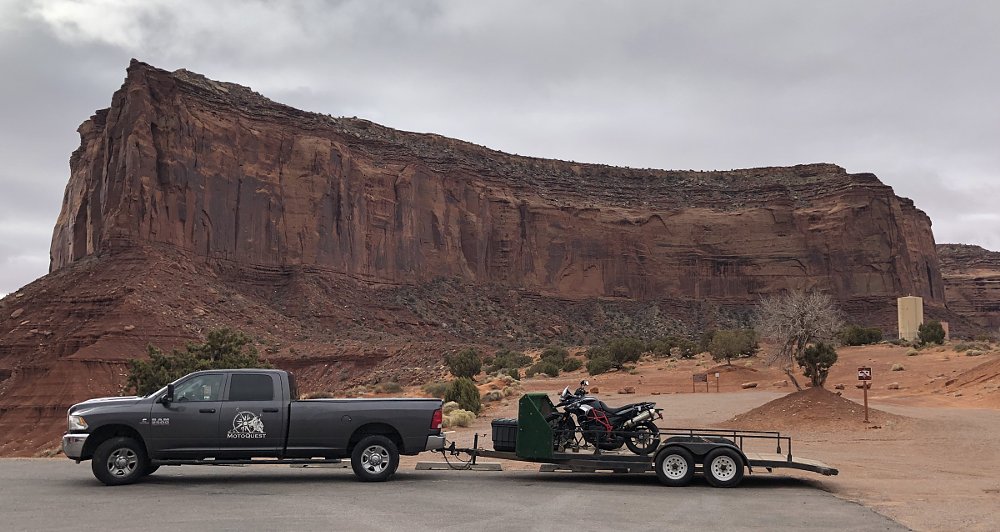
For example, MotoQuest takes pride in its level of support. Each tour has a three-quarter-ton pickup truck with a full tool kit and common spare parts and pulling a trailer with two spare motorcycles and room for a couple more motorcycles. That means that if something goes wrong with your rented bike, you can switch to a backup bike and continue your trip while staff deals with the problem. "You don't want to be sitting on the road for two hours trying to fix it," says Anders.
Ayres, for example, hauls extra motorcycles on its tours in South America and Africa, but not in Europe, where help is closer by.
The purpose of empty space on the trailer explains the other role of a chase truck. If a rider (or a passenger) is tired or not feeling well, that person can get a ride to the day's destination in the truck and their bike goes on the trailer. Both MotoQuest and Ayres have staff driving the chase truck. "That means if there's a co-rider who doesn't want to ride, or wants a break from being on the motorcycle, they're in the van being driven by someone who's well traveled and interesting, and they'll enjoy the company," Jesson says.
Then there's the even more serious question of what happens not if something is wrong with the motorcycle, but something is wrong with the rider. If you live in the United States and you're on a U.S. tour, your regular insurance coverage might be sufficient. But for international tours or rides to remote areas, most companies strongly recommend getting medical evacuation coverage. That ensures that if you're hurt in a crash or get sick, you'll be taken to a place where you can get treatment.
MotoQuest takes a different approach. The company used to encourage getting medical evacuation coverage, but found that some clients did, others didn't, and those who did were signed up with a variety of companies, potentially complicating things in an emergency. Now, MotoQuest includes medical evacuation coverage in the tour price, which is something to consider when comparing prices. There are two satellite phones on each MotoQuest tour and because everyone's signed up with the same provider, staff knows who to call in an emergency.
"As someone who's had to call in the helicopter myself, you don't want to hesitate," says Anders. "I don't want to be flipping through a binder, while somebody's lying on the side of the road with a broken pelvis, trying to figure out if they have medical evacuation coverage."
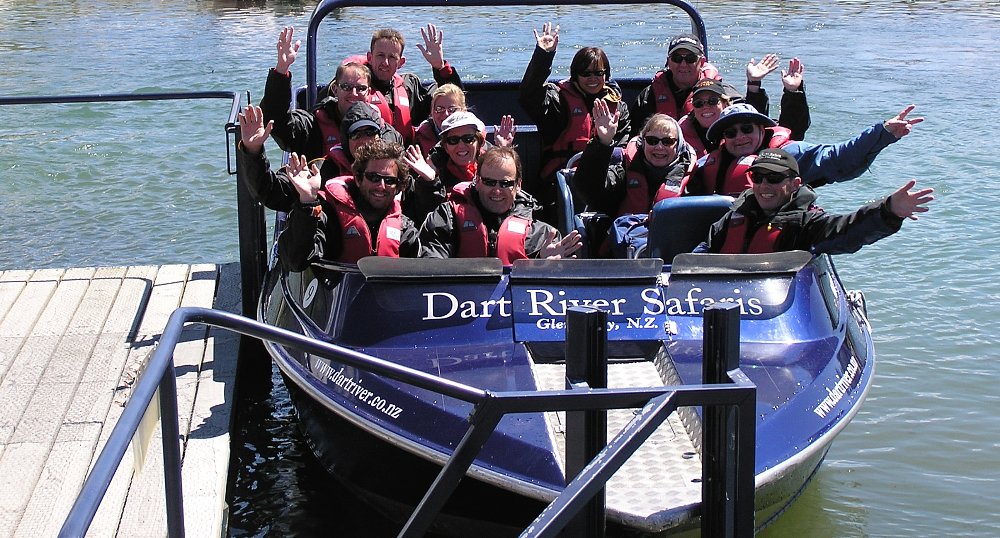
Miscellaneous: Liability, laws, gear
It pays to read the fine print about your responsibility for damage to the motorcycle — and maybe ask some followup questions. For example, Anders notes that the BMW boxers owned by MotoQuest have engine guards, so a minor tip-over may mean no charge at all or just replacing an engine guard, instead of the customer having to pay to replace far more expensive parts. If you're counting on your personal motorcycle insurance to cover you, be sure to check with your insurance provider first.
A tour company should also prepare you for any legal requirements in the countries you'll be visiting, whether permits, vaccinations, or special gear you're required to wear, such as reflective material. As Spurgeon found out the hard way when he was going to India for a CTXP episode, it may not be enough to have a valid passport if it isn't good for another six months after your planned visit.
And speaking of gear, while some companies may offer the option of renting gear, so you don't have to bring yours on an international flight, both Anders and Jesson recommend against that. Wearing your own gear, which you know will fit you and keep you comfortable, is better than risking being uncomfortable when you're already handling the challenges of a new-to-you motorcycle and foreign terrain. If you don't want to carry your gear, Jesson suggests shipping it in advance to the starting-point hotel of the tour.
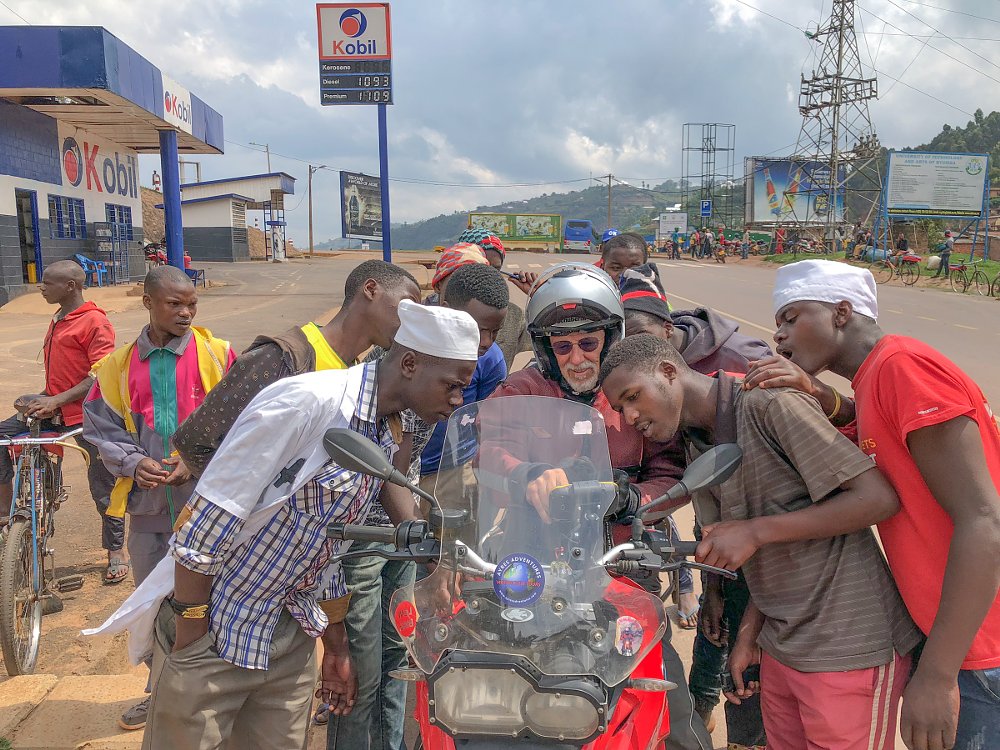
Are you a guided tour kind of rider?
This is really a question you have to ask yourself, not the tour operator. Many riders are used to traveling alone and have doubts about not just riding around with a group of strangers, but also having dinner with them just about every night for a week or 10 days. In reality, though, the group experience may not be as intensely social as you expect — unless you want it to be.
On many tours, especially in places like Europe, you're not required to ride as a group. You can ride from the beginning to end point of the day's route at your own pace, if you want to ride alone. And on rest days or free days you can choose to go sightseeing or ride by yourself.
We all know that one toxic personality can ruin a group ride, but tour leaders say it's rare. One reason for that is a factor you won't see announced on the websites, which is that tour companies will blacklist a rider who is unsafe or disruptive.
A more common factor to consider is that anyone spending this much money on a motorcycle tour is probably as enthusiastic a rider as you are. So you may well make some new friends.
"If you're someone who's open-minded and you get along with other people and you don't have other people to ride with, go on a guided trip just because you're going to meet other like-minded people who like motorcycles and like travel," says Anders. "Every trip I go on, I see life-long friendships form. I love hearing from customers. These guys will go to Alaska together and three years later they send me a picture and they're all in Tennessee riding together."
A guided tour isn't for everyone, or even for most riders, if only because of the expense. But considering what you get — use of a motorcycle, most meals, accommodations, support, an itinerary planned with local knowledge of the best sights to see and the best roads to ride — it can be considered a good deal. That's especially true if you're dreaming of a complicated trip, such as a ride through multiple countries in Africa.
"I've had people tell me our tours are too expensive, that they can do this on their own," says Jesson. "But add up the hours you spend planning that trip, put a value on those hours, and then tell me what the difference in price is."


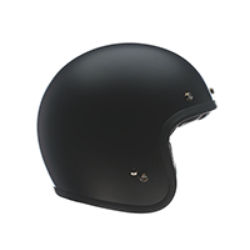

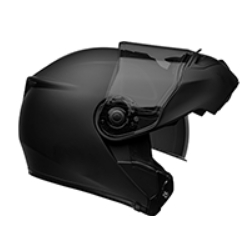

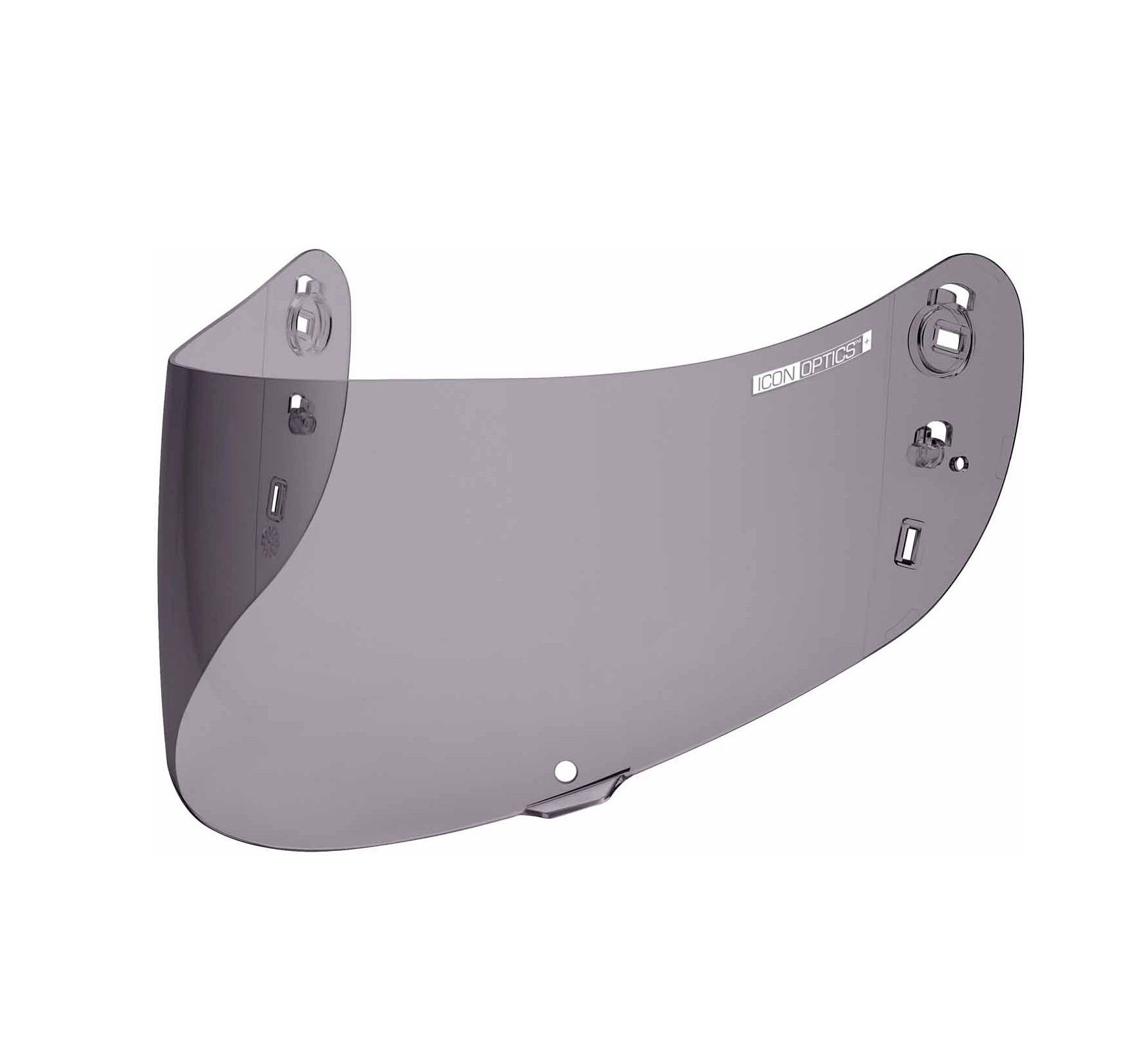
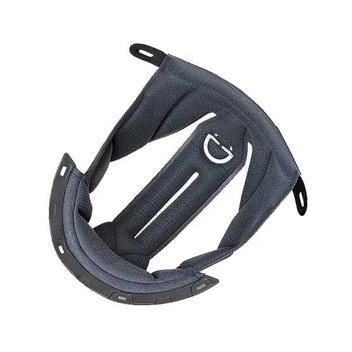
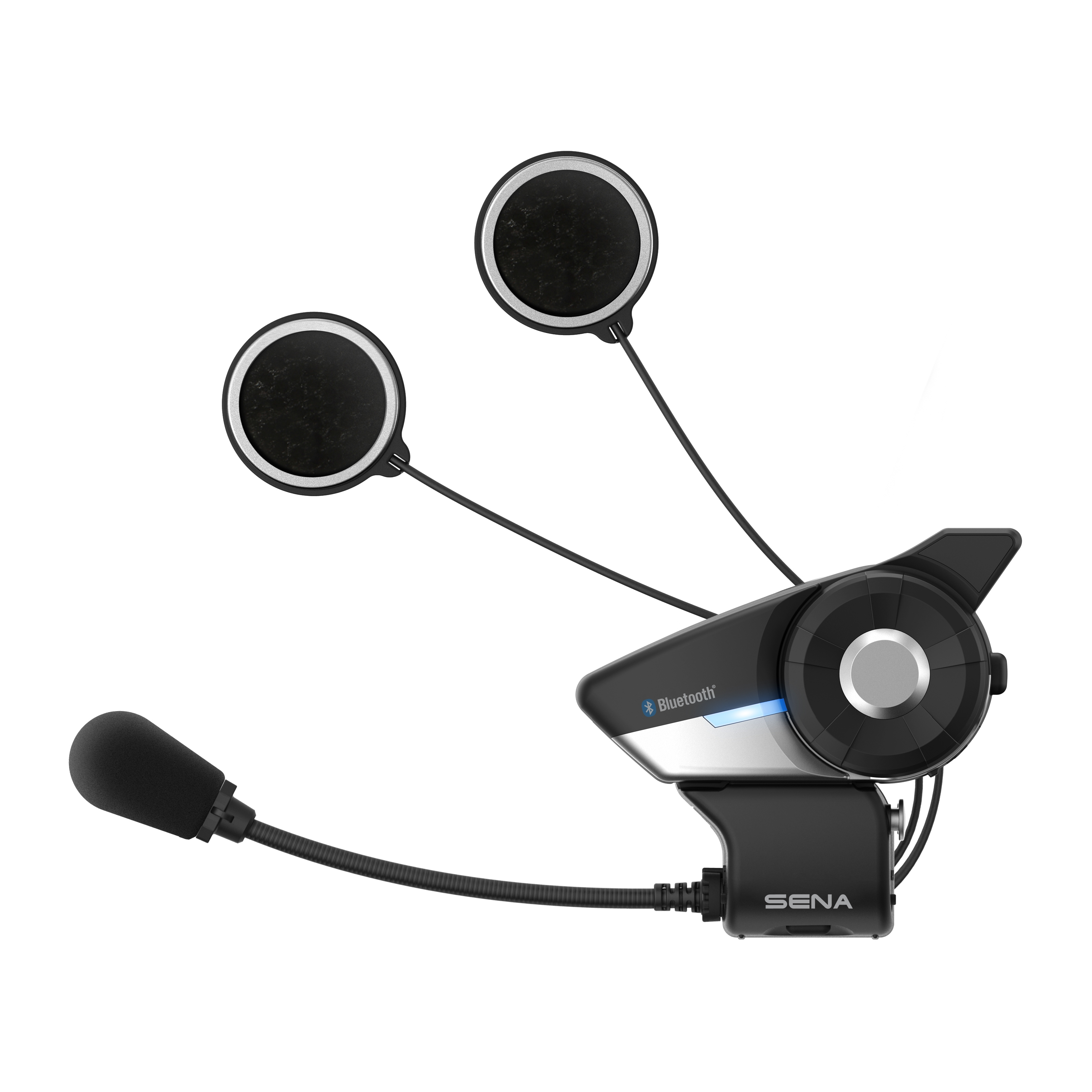
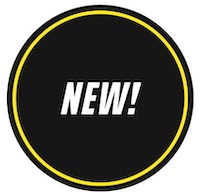

 Membership
Membership

